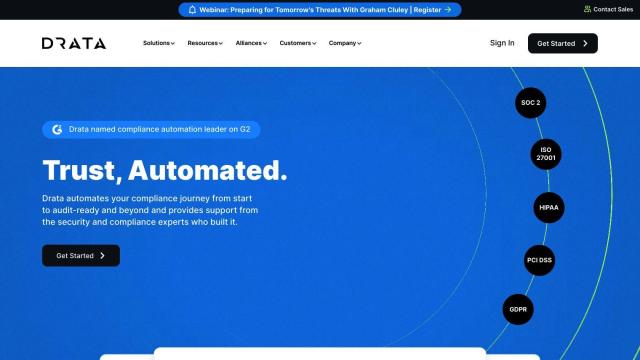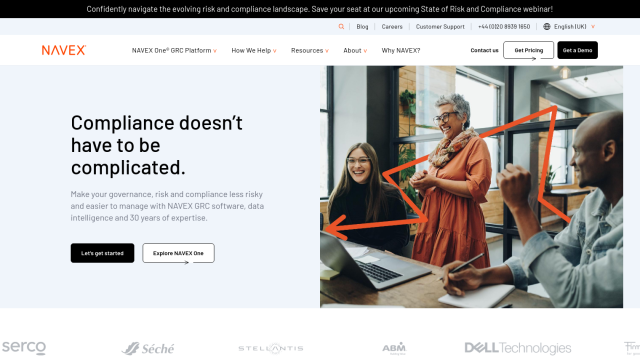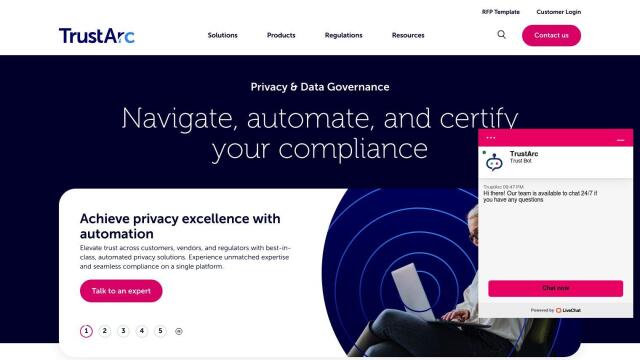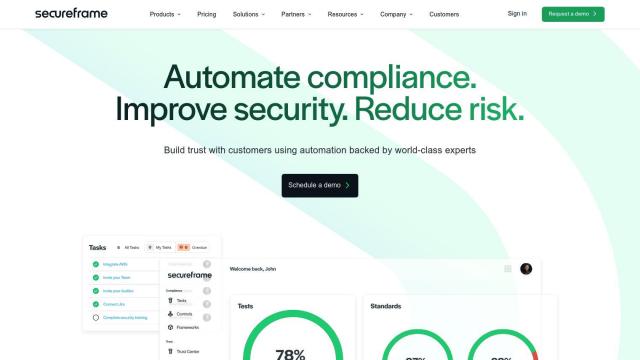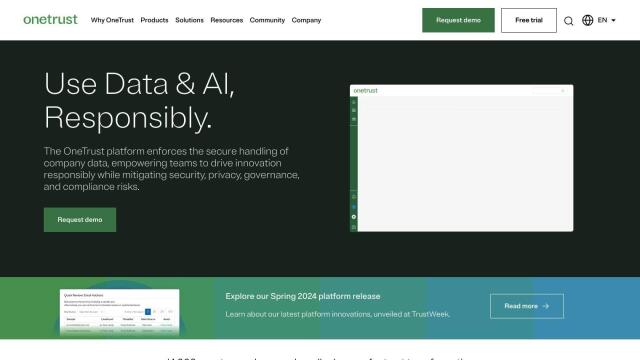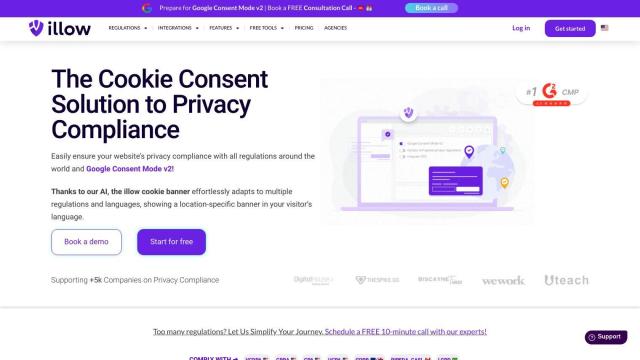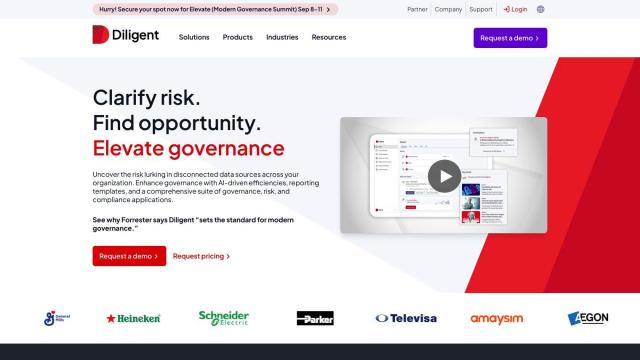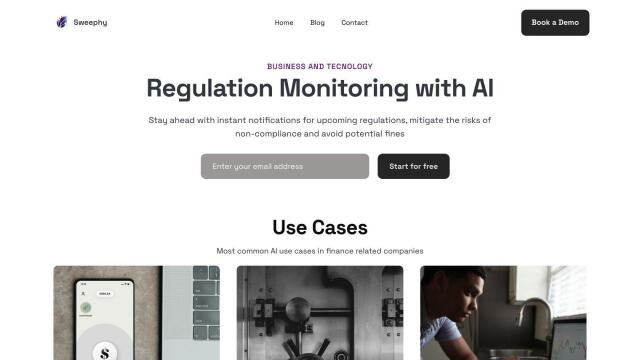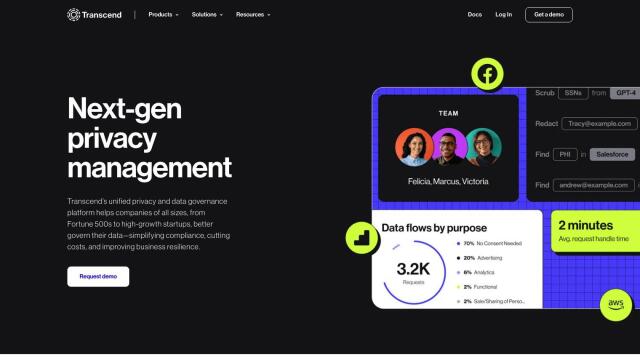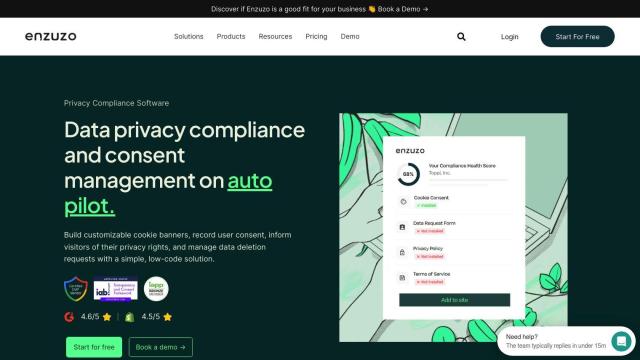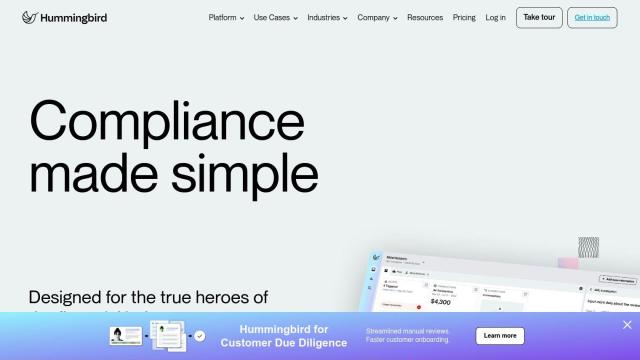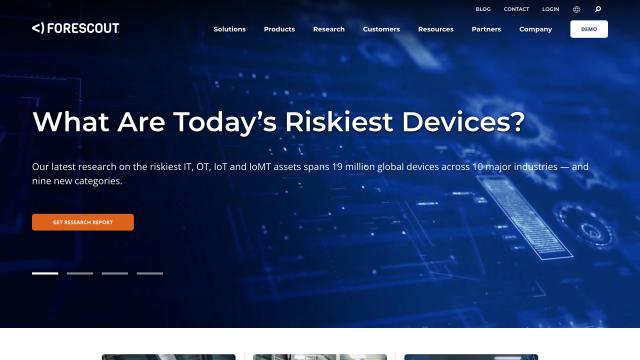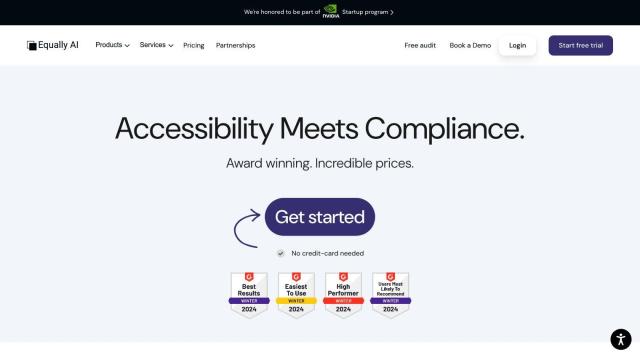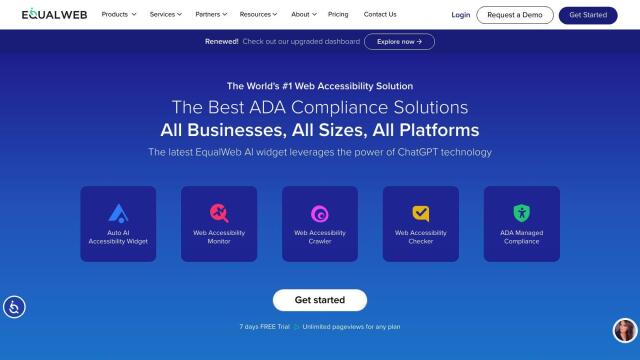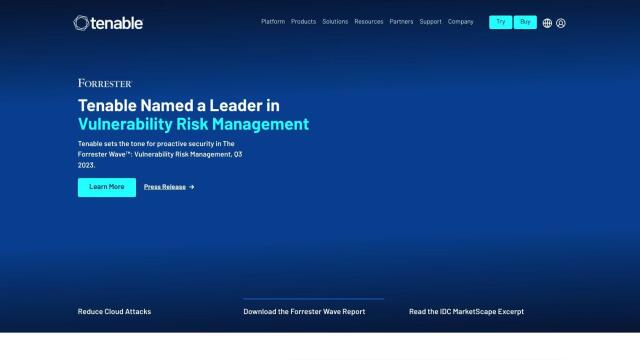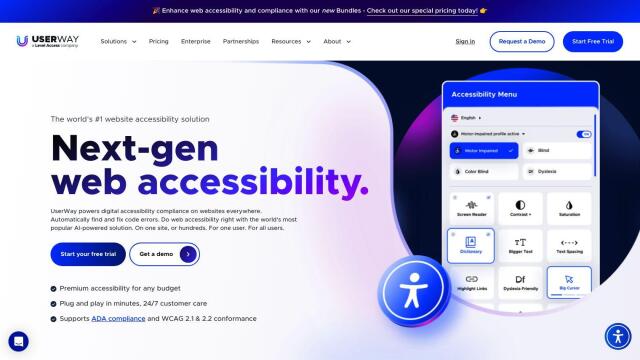Question: Do you know of a platform that can track website changes and ensure compliance with corporate and regulatory requirements?


Fluxguard
For monitoring website changes and ensuring compliance with corporate and regulatory requirements, Fluxguard is a good option. It uses AI to monitor changes, filter and summarize data, and create customizable alerts. The platform also offers automated crawling, integration, and archiving of change summaries, so you can keep up to date with industry developments while staying in compliance. That's a good option for companies that want to cut compliance monitoring costs and avoid penalties for non-compliance.

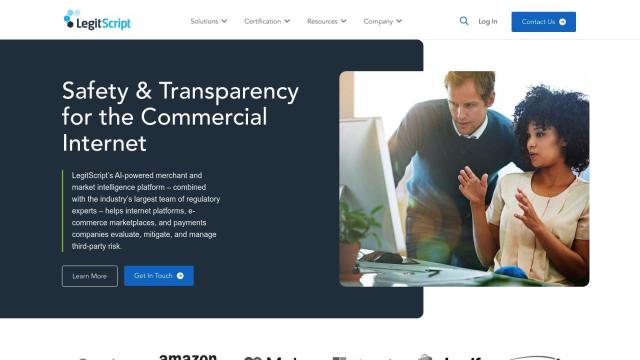
LegitScript
Another tool worth considering is LegitScript, which is designed to assess, mitigate and monitor third-party risk. It's got some serious features, including website change detection, merchant monitoring and ad monitoring. LegitScript uses a combination of AI and human expertise to process millions of data points each day to deliver focused insights that help companies reduce risk exposure and build trust. It's geared for payment facilitators, e-commerce marketplaces and social platforms that need to balance compliance and risk.

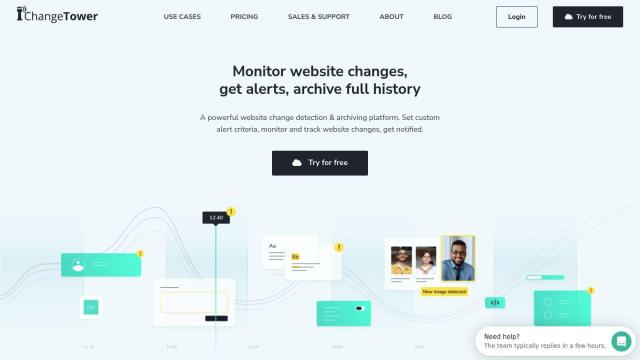
ChangeTower
If you want something more general purpose, ChangeTower offers alerts for visual, text, keyword, image and HTML changes. It's got customizable alert criteria, visual page snapshots and multi-condition monitoring, so it's good for a variety of uses, including compliance monitoring. ChangeTower is flexible, with several pricing tiers to accommodate a range of needs, from free basic monitoring to enterprise contracts.
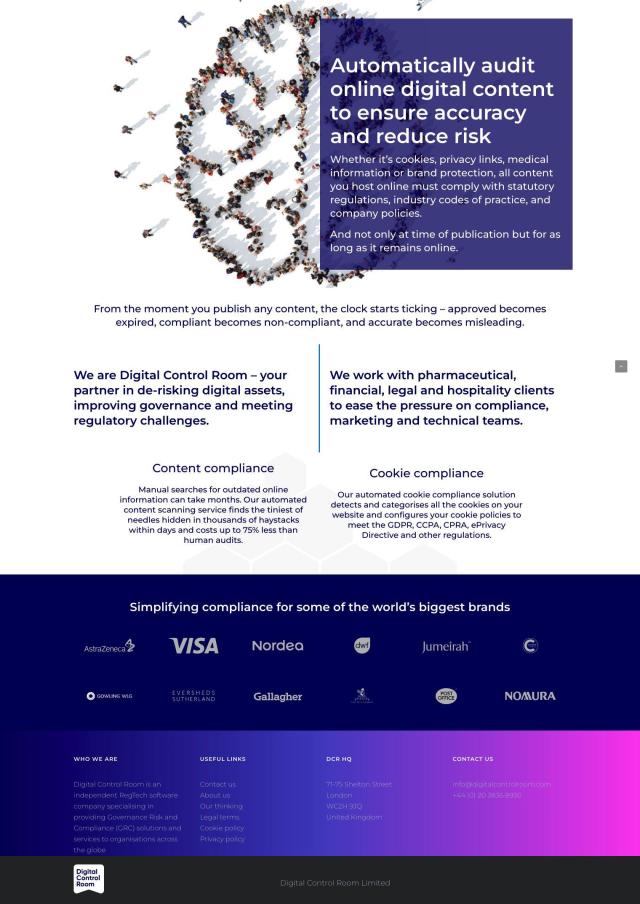
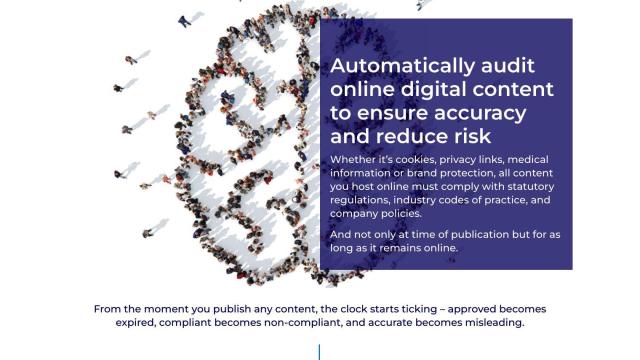
Digital Control Room
Last, Digital Control Room offers a Governance, Risk and Compliance (GRC) platform designed to ensure the accuracy and compliance of digital content. It uses machine learning to rapidly identify outdated or incorrect information and can handle requirements like GDPR, CCPA and ePrivacy Directive. It's geared for industries like pharmaceuticals, finance, legal and hospitality, with automated content scanning and continuous compliance monitoring.

